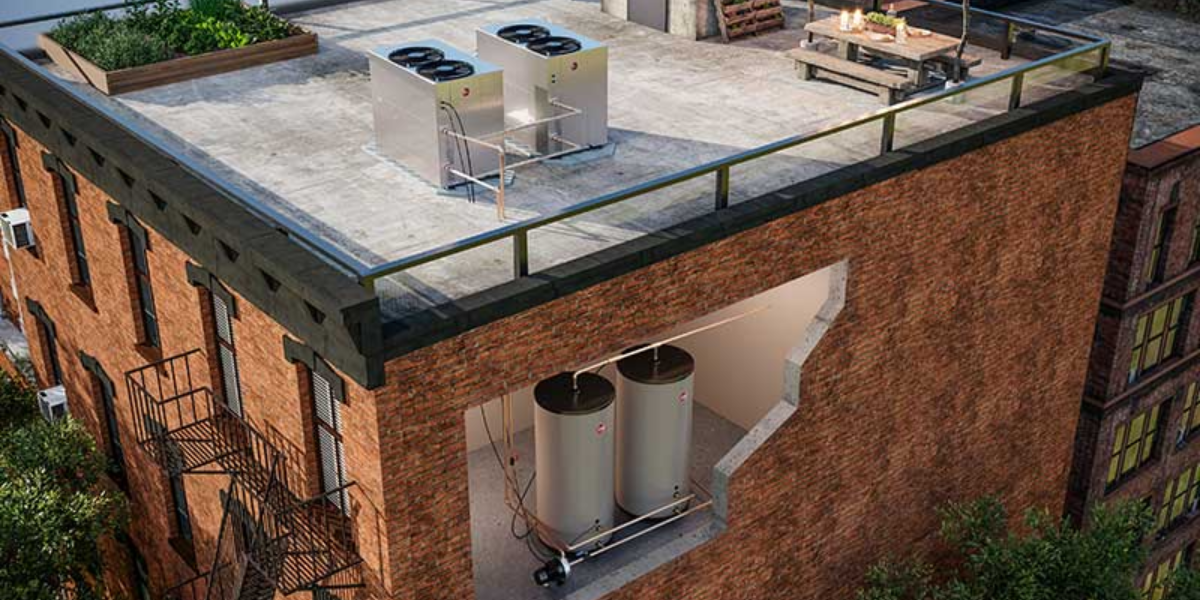Energy Efficiency, Systems Approach Needed to Achieve CO2 Goals
Let's Save Energy
Alliance to Save Energy's Blog
Energy Efficiency, Systems Approach Needed to Achieve CO2 Goals

As part of the President’s Climate Action Plan, the EPA has proposed carbon dioxide (CO2) New Source Performance Standards (NSPS) for new fossil fueled power plants. But really all eyes are on upcoming rules for existing power plants. Whether viewed with enthusiasm or trepidation, it could be a very big deal.
EPA must issue “emission guidelines” for existing plants under a seldom used section of the Clean Air Act (CAA) called 111(d). President Obama directed EPA to propose these guidelines by June 1, 2014 in order to be finalized within the year thereafter. This previously obscure section of the CAA applies in the unusual case of a pollutant (CO2 in this case) that is neither a “criteria” pollutant (such as sulfur dioxide, nitrogen dioxide and particulates) nor a listed hazardous air pollutant (such as mercury, benzene and hydrochloric acid).
These emissions guidelines are directed to the states, which have considerable discretion in writing their plans to develop and implement standards on existing power plants that can achieve results at least equivalent to federal guidelines.
While existing plants may have some ability to increase their generation efficiency, there’s not much scope to greatly control CO2 through measures taken at the plant.
To significantly reduce existing plant CO2, one needs to look beyond the fence line to the broader electric power system. Under a systems approach, plant operators, utilities, and states would have the flexibility to seek least-cost options. Utilities could average emissions across multiple plants and alter the use of their fossil, nuclear, and renewable units to help achieve their targets. And, importantly, they could count energy efficiency investments that reduce the demand for power generation.
Many utilities and states already run demand-side energy efficiency programs to achieve cost savings and provide environmental benefits. The Consortium for Energy Efficiency estimates that U.S. electric utility efficiency programs saved 117,404 GWh, avoiding nearly 83 million metric tons of CO2 in 2011.
But what makes us think that the law allows 111(d) to be applied on a systems basis? Current CAA rules tell us so. EPA’s emission guidelines for municipal solid waste (MSW) combustors let states implement nitrogen oxides (NOx) trading systems among affected incinerators—clearly allowing plants to go beyond their fence lines to comply. Also, a series of waste incinerator rules, both for new and existing sources call for “waste management plans” or “material diversion plans” to consider and implement waste reduction and recycling measures (including those that occur beyond the regulated plant). Among the examples are the emissions guidelines for commercial and industrial solid waste incinerators (40 CFR Part 60 Subpart DDDD) and the NSPS for large MSW combustors (Subpart Eb).
Requiring waste facilities to consider waste reduction and recycling looks analogous to requiring electricity generators to consider energy efficiency as a way to reduce emissions.
These provisions point to the CAA allowing a systems approach for determining the “best system of emissions reduction” applicable to both NSPSs and 111(d) guidelines. Meaningful CO2 reductions from existing power plants are only practical and affordable if a systems approach is used.
Fortunately, energy efficiency is a cost-effective strategy for emissions reduction that the CAA allows and supports.
RECENT BLOG POSTS
STAY EMPOWERED
Help the Alliance advocate for policies to use energy more efficiently – supporting job creation, reduced emissions, and lower costs. Contact your member of Congress.
Energy efficiency is smart, nonpartisan, and practical. So are we. Our strength comes from an unparalleled group of Alliance Associates working collaboratively under the Alliance umbrella to pave the way for energy efficiency gains.
The power of efficiency is in your hands. Supporting the Alliance means supporting a vision for using energy more productively to achieve economic growth, a cleaner environment, and greater energy security, affordability, and reliability.



